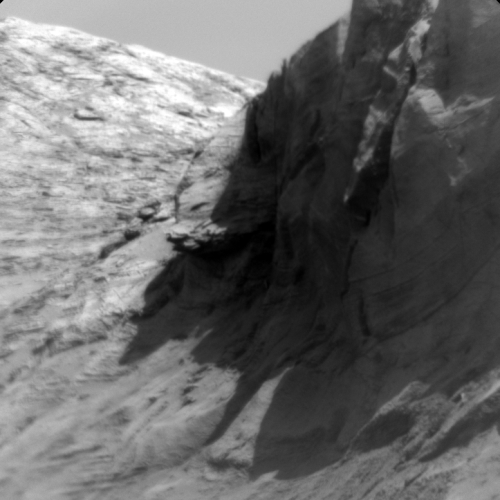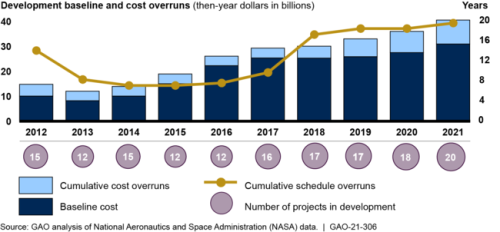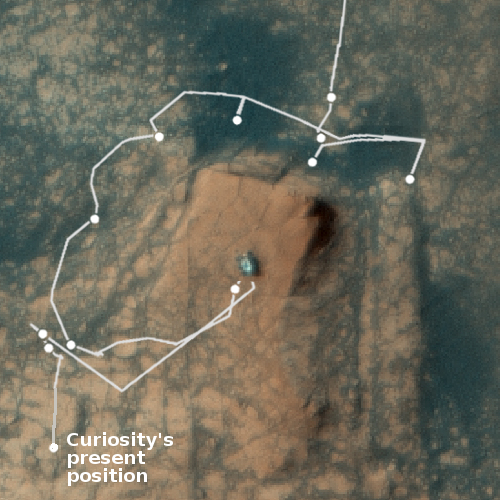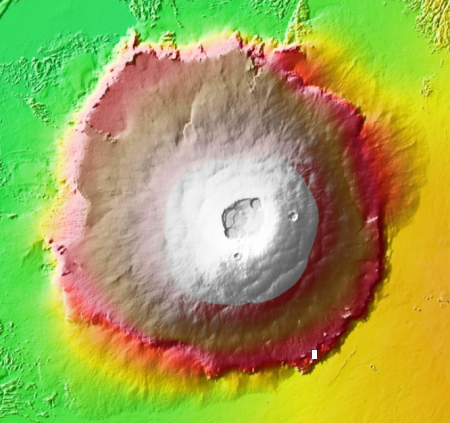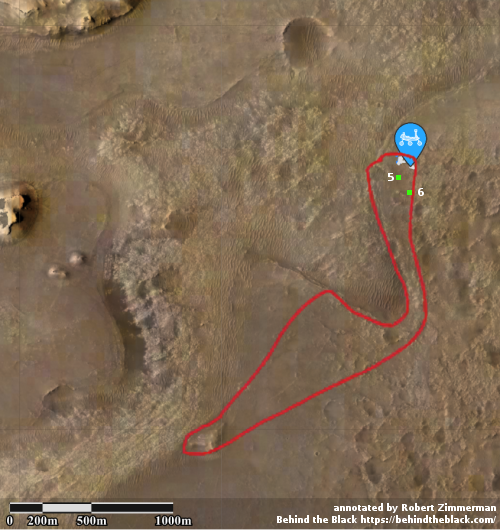Axiom announces astronaut to command its second commercial manned flight
Capitalism in space: Axiom has announced that retired NASA astronaut Peggy Whitson will command its second commercial manned flight.
Whitson was the first woman to command the International Space Station and the oldest woman to fly in space (57, in 2017). She holds the U.S. record for most cumulative time in space (665 days) as well as the world record for most spacewalks by a woman (10).
Joining her will be 65-year-old John Shoffner, an airplane pilot and a champion car racer.
No word yet on when this flight will take place, but expect them to aim for next year, as soon as possible after Axiom’s first ISS commercial flight in January. Scheduling will also depend on NASA, which is presently working out an ISS scheduling policy to manage the increasing number of private missions being offered.
The flight will likely use a SpaceX Dragon capsule, which means there is room for two more passengers. It is possible that those seats will be filled with the winners of Discovery Channel’s proposed reality show, but they also might be filled by actor Tom Cruise and a movie director, both of whom have expressed interest in filming scenes of a movie on ISS.
Capitalism in space: Axiom has announced that retired NASA astronaut Peggy Whitson will command its second commercial manned flight.
Whitson was the first woman to command the International Space Station and the oldest woman to fly in space (57, in 2017). She holds the U.S. record for most cumulative time in space (665 days) as well as the world record for most spacewalks by a woman (10).
Joining her will be 65-year-old John Shoffner, an airplane pilot and a champion car racer.
No word yet on when this flight will take place, but expect them to aim for next year, as soon as possible after Axiom’s first ISS commercial flight in January. Scheduling will also depend on NASA, which is presently working out an ISS scheduling policy to manage the increasing number of private missions being offered.
The flight will likely use a SpaceX Dragon capsule, which means there is room for two more passengers. It is possible that those seats will be filled with the winners of Discovery Channel’s proposed reality show, but they also might be filled by actor Tom Cruise and a movie director, both of whom have expressed interest in filming scenes of a movie on ISS.



